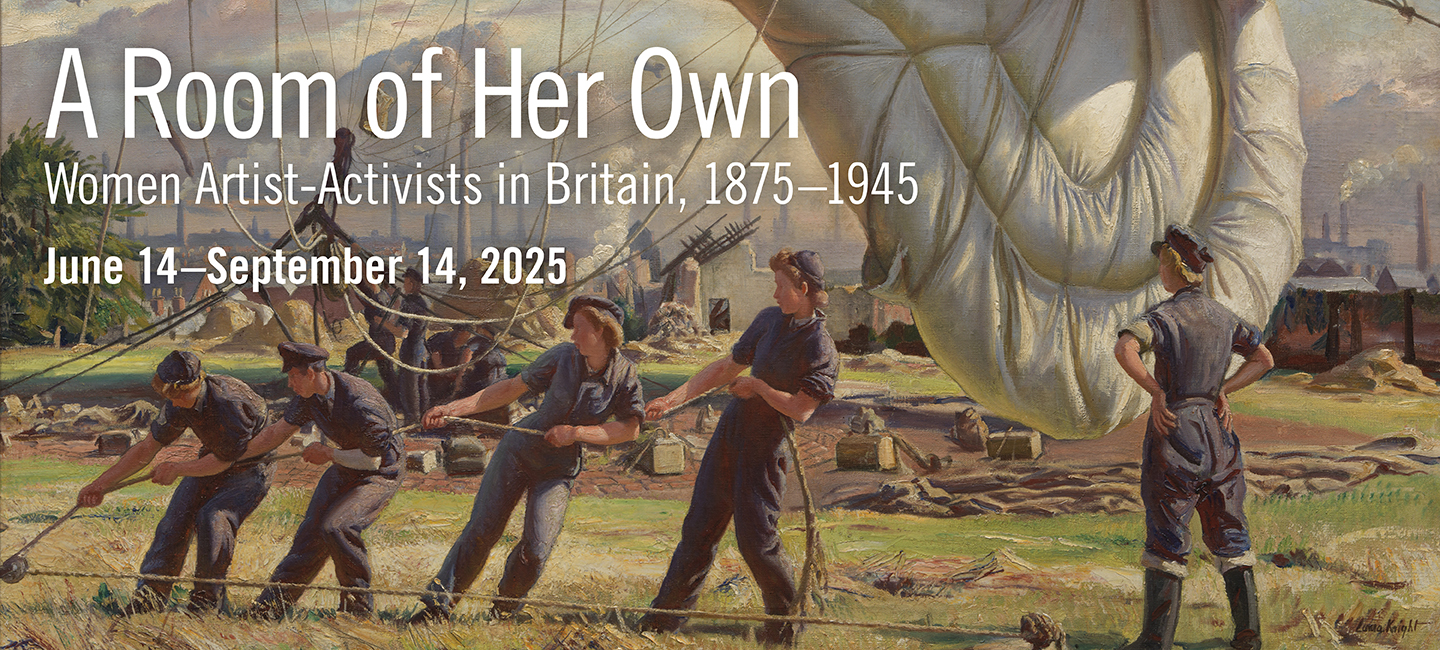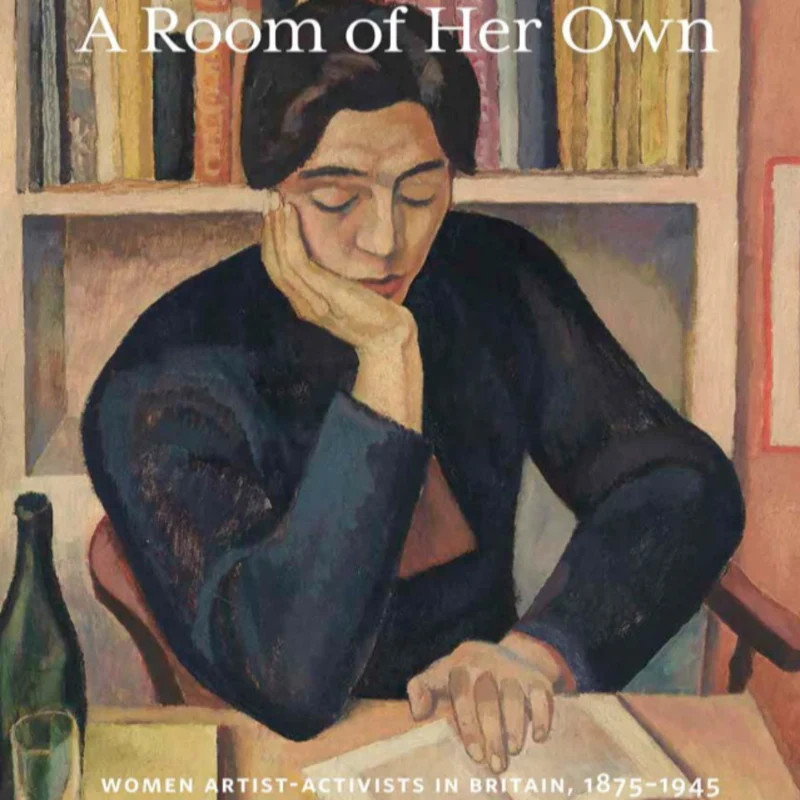Art School
 Winifred Knights, The Deluge, 1920, oil on canvas. Tate, purchased with assistance from the Friends of the Tate Gallery, 1989, T05532
Winifred Knights, The Deluge, 1920, oil on canvas. Tate, purchased with assistance from the Friends of the Tate Gallery, 1989, T05532
Professional training in both applied and fine art became increasingly accessible for women toward the end of the nineteenth century. Women could enroll in nationally recognized art and design schools or, from 1860, the Royal Academy Schools. The Royal Academy of Arts in London offered a three–year course of study that focused first on drawing before allowing students to specialize in painting, sculpture, or architecture.
Art students typically began drawing from casts of antique sculpture. When such drawings were deemed successful, they moved to sketching the live model. Because drawing a fully nude female or male figure was seen as improper for women, female students were historically denied the chance to do so. When opportunities to work from human models were offered to women, male models were invariably draped.
The Slade School of Fine Art, which opened in 1871, was one of the more progressive London art schools, welcoming women students from the outset and giving them opportunities to study the human figure from life. The school utilized a prize system to encourage the most promising students. Evelyn De Morgan, Gwen Raverat, Clare Leighton, and Winifred Knights studied at the Slade.
Many established artists founded schools of their own and offered daily classes for men and women, with term lengths adjustable to a student's needs. These private schools provided training as well as employment for women artists. Both Louise Jopling and Lucy Kemp–Welch ran and taught in their own schools. Eleanor Fortescue–Brickdale and Sylvia Gosse were hired to teach in other artists' schools, earning income while they imparted knowledge to emerging artists.
Art schools gave emerging artists the space in which to learn skills and develop confidence to pursue further training and careers. For some women, school was not just about developing skills or networking; it could also be a respite from the constraints and expectations of home life.

